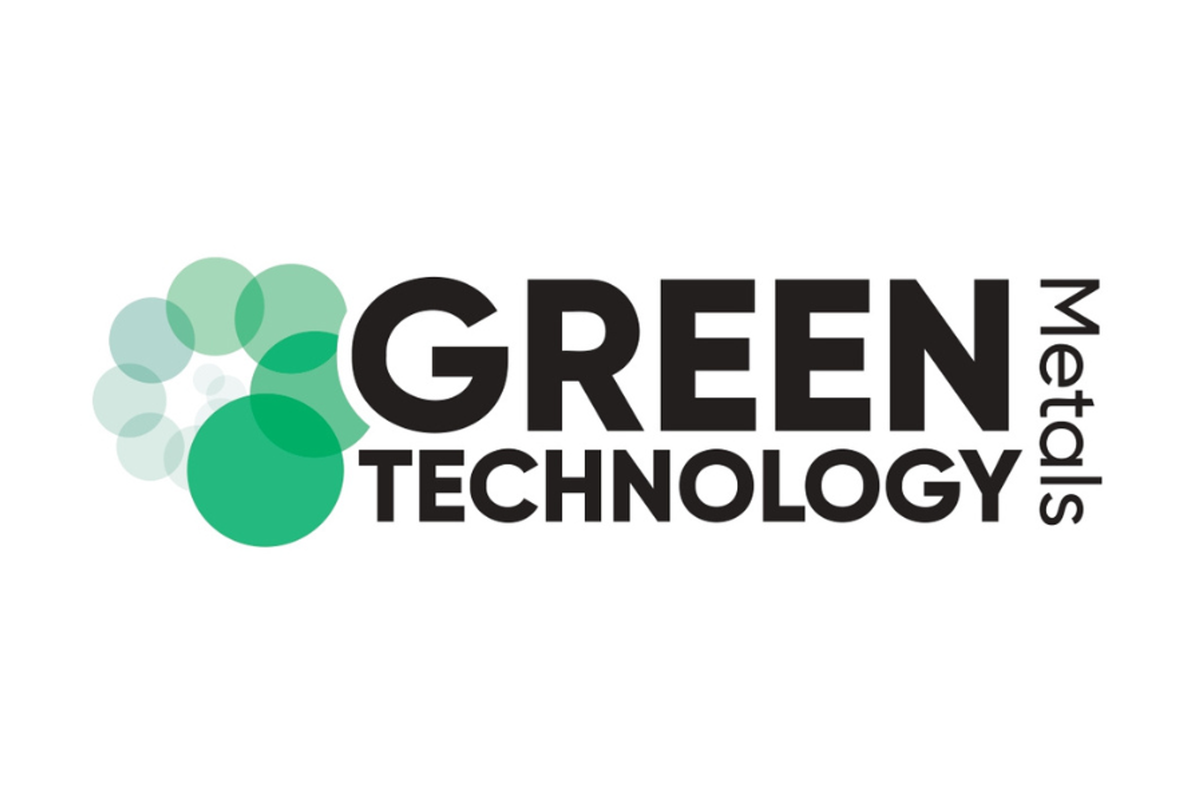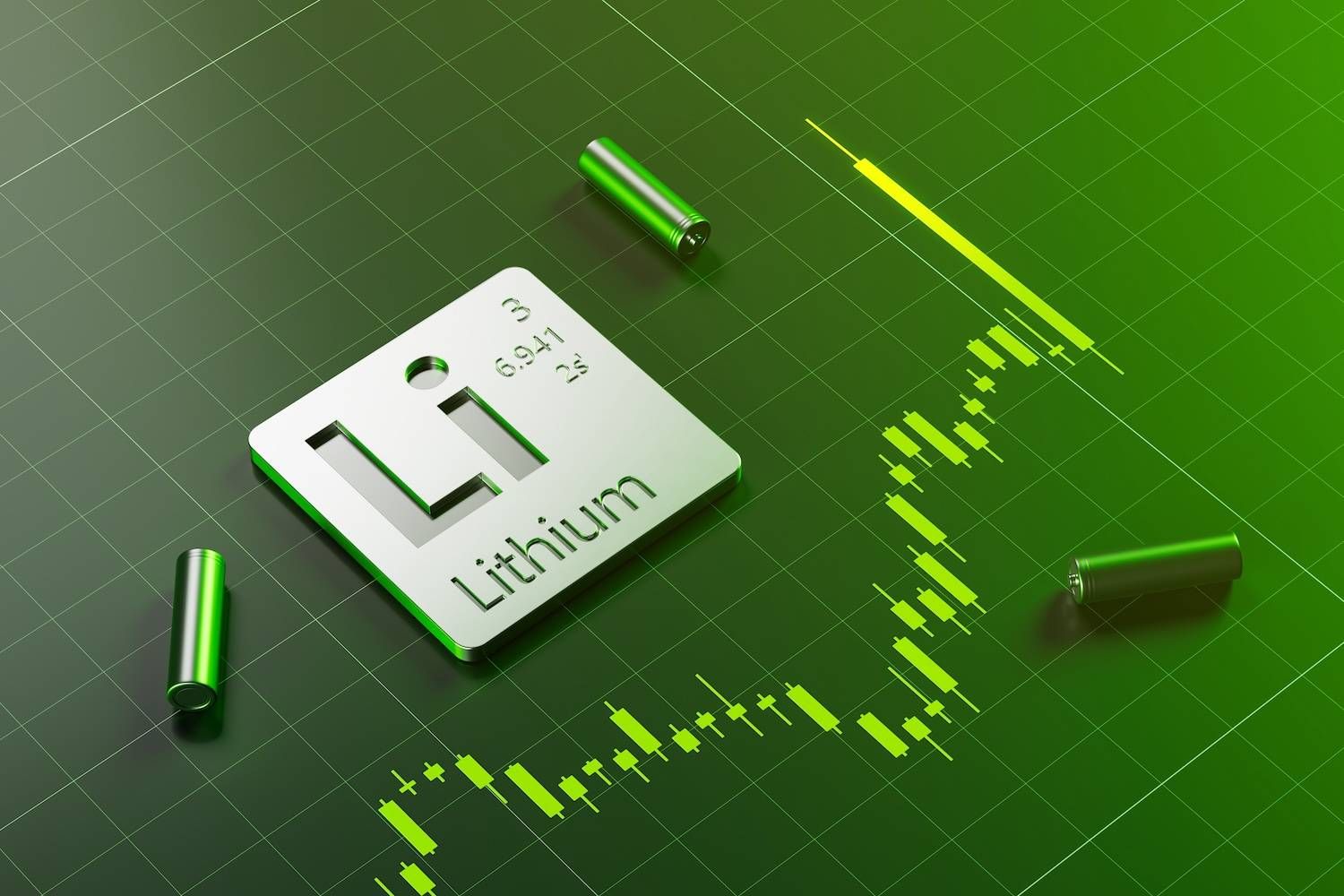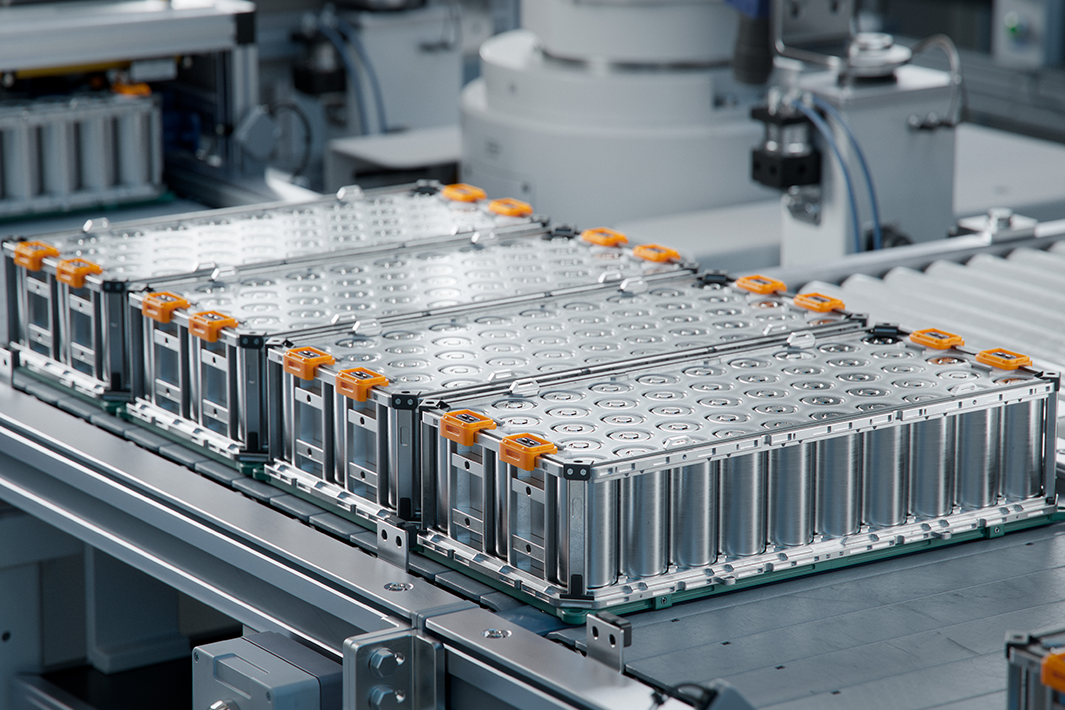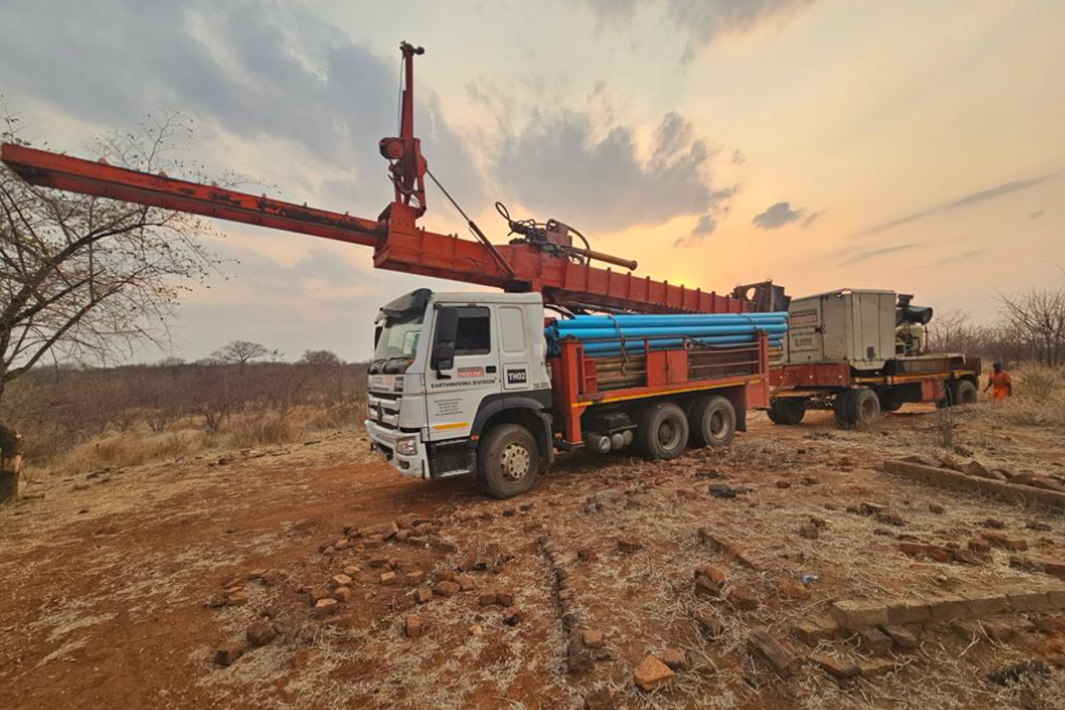
October 31, 2022
Green Technology Metals Limited (ASX: GT1) is pleased to present its Quarterly Activities Report for the period ending 30 September 2022.
HIGHLIGHTS
- Four diamond drill rigs operating 24/7 at GT1’s Seymour and Root Lithium projects
- Significant drilling results returned at the Flagship Seymour Project, increasing the mineralised volumes in the targeted strike extension of North Aubry
- Initial 24,000m diamond drilling program commenced at Root
- Immediate drill success at the Root project with initial results highlighting thick, high grade spodumene pegmatites from surface
- All-weather 20-person camp now fully operational at Root, allowing for continuity of drilling into the Canadian winter season
- A Strategic Collaboration Agreement (SCA) executed with major North American lithium industry participant LAC to assess a strategically located, integrated lithium chemicals business in North America.
Chief Executive Officer, Luke Cox comments:
“We are leading up to GT1’s 1 year anniversary and its amazing to see everything we have achieved in just under 12 months. This quarter is no different, the GT1 team have yet again achieved further significant milestones and continue to drive our projects forward as we build a pre-eminent vertically integrated Lithium business in Ontario.
This quarter we kicked off our maiden drilling program at our second project Root, installed an all-weather camp and completed access roads to site to allow drilling to continue through the Canadian winter season. We have continued to see significant results returned from diamond drilling at our flagship Seymour Project and now have 4 drill rigs spinning, 24/7 across two of our lithium projects.
On a corporate front, GT1 entered into a Strategic Collaboration Agreement with another major lithium company, Lithium Americas Corp, and post quarter end executed a binding agreement to purchase the remaining 20% interest in our Ontario projects, moving to100% ownership once complete and extinguished the Royalty on the Root project.
We look forward to the next quarter as we continue to expand our team and drive forward the development of our high- grade lithium projects.”
SEYMOUR PROJECT
Drilling
North Aubry
Diamond drilling is continuing at Seymour with 23,782m drilled to date. At North Aubry significant diamond drilling results were returned with intersections considerably thicker than originally modelled. This has the potential to significantly increase the mineralised volumes in the targeted strike extension of the North Aubry Resource Model.
Results reported during the quarter at North Aubry included:
- Hole GTDD-22-0323 intersected 17.9m and 7.7m thick pegmatites with significant intercepts:
- 6.0m @ 1.37% Li2O (from 218.9m to 225.0m); and
- 3.6m @ 2.08% Li2O (from 378.3m to 382.0m).
- Hole GTDD-22-0128 intersected 6.4m and 22.8m thick pegmatites with significant intercepts:
- 2.8m @ 1.48% Li2O (from 253.3m to 256.2m); and
- 3.4m @ 0.86% Li2O (from 322.8m to 326.3m).
- Hole GTDD-22-0320 intersected 10.7m thick pegmatite with significant intercept of:
- 10.7m @ 1.49% Li2O (from 458.1m to 468.8m).
Drilling at the Seymour Project is now set to focus on the lateral extents of both the Aubry Complex and Pye Complex.
Pye
On-ground reconnaissance exploration at the broader Pye prospect (Pye Complex) has been very successful in tracing pegmatite exposure north-south along its strike (Pye Eastern Limb) and culminating at the interpreted syn-form keel in the north. Field geologists have also navigated part of the Pye Western Limb in preparation for target reconnaissance, mapping and drilling.
Drill testing is currently underway for major drilling targets at Pye including the axial plane of the Pye syn-form as well as the western and eastern limbs of the syn-form where numerous alternating magnetic highs and lows suggest structural extension and the potential for pegmatite swarm inflows, as have occurred at North Aubry.
Click here for the full ASX release
GT1:AU

Sign up to get your FREE
Green Technology Metals Investor Kit
and hear about exciting investment opportunities.
- Corporate info
- Insights
- Growth strategies
- Upcoming projects
GET YOUR FREE INVESTOR KIT
The Conversation (0)
17 September
Green Technology Metals
Delivering the next lithium hub in North America
Delivering the next lithium hub in North America Keep Reading...
30 November
Altris Engineering Appointed to Optimise & Lead Seymour DFS
Green Technology Metals (GT1:AU) has announced Altris Engineering Appointed to Optimise & Lead Seymour DFSDownload the PDF here. Keep Reading...
17 November
Ontario Lithium Project Development Update
Green Technology Metals(GT1:AU) has announced Ontario Lithium Project Development UpdateDownload the PDF here. Keep Reading...
31 October
Quarterly Activities/Appendix 5B Cash Flow Report
Green Technology Metals(GT1:AU) has announced Quarterly Activities/Appendix 5B Cash Flow ReportDownload the PDF here. Keep Reading...
12 October
Successful A$4.5m Two Tranche Placement
Green Technology Metals (GT1:AU) has announced Successful A$4.5m Two Tranche PlacementDownload the PDF here. Keep Reading...
09 October
Trading Halt
Green Technology Metals (GT1:AU) has announced Trading HaltDownload the PDF here. Keep Reading...
19h
SQM, Codelco Seal Landmark Lithium Joint Venture in Salar de Atacama
Sociedad Quimica y Minera (SQM) (NYSE:SQM) and Codelco have finalized their long-awaited partnership, forming a new joint venture that will oversee lithium production in Chile’s Salar de Atacama through 2060.SQM announced on Saturday (December 27) that it has completed its strategic partnership... Keep Reading...
24 December
Altius Minerals to Expand Portfolio with C$520 Million Lithium Royalty Deal
Altius Minerals (TSX:ALS,OTCQX:ATUSF) is making a bet on a lithium market recovery, agreeing to acquire Lithium Royalty (TSX:LIRC) in a C$520 million deal that will expand its exposure to battery metals.Under a definitive agreement announced by the two companies on Monday (December 22), Altius... Keep Reading...
23 December
Liontown's First Tjiwarl Member Completes Apprenticeship at Kathleen Valley
Liontown (ASX:LTR,OTC Pink:LINRF) has reached a milestone at its Kathleen Valley operations, with Vaughan Harris becoming the first Tjiwarl community member to complete an apprenticeship with the company.“Being the first Tjiwarl apprentice to complete an apprenticeship here at Liontown feels... Keep Reading...
22 December
Lithium Market 2025 Year-End Review
The global lithium market endured a bruising 2025, with persistent oversupply and softer-than-expected electric vehicle (EV) demand driving prices for the battery metal to multi-year lows.Lithium carbonate prices in North Asia slipped below US$9,550 per metric ton in February — their weakest... Keep Reading...
11 December
Mining the Gap: 5 Forces Shaping North America’s Lithium Supply Chain
A convergence of industry investments, government initiatives and a shifting global trade dynamic is creating an environment ripe for the development of a North American battery supply chain, with lithium playing a leading role. These trends are reshaping the region’s industrial base and opening... Keep Reading...
10 December
Rock Bottom: Strategic Window for Ground-level Lithium Investment
When lithium prices hit bottom, savvy investors know that’s exactly where the next big discovery begins — literally. Beneath the surface of global markets and remote exploration grounds, new opportunities are forming in the wake of a sharp price reset and renewed geopolitical urgency.Recent... Keep Reading...
Latest News

Sign up to get your FREE
Green Technology Metals Investor Kit
and hear about exciting investment opportunities.
- Corporate info
- Insights
- Growth strategies
- Upcoming projects
GET YOUR FREE INVESTOR KIT
Interactive Chart
Latest Press Releases
Related News
TOP STOCKS
American Battery4.030.24
Aion Therapeutic0.10-0.01
Cybin Corp2.140.00










